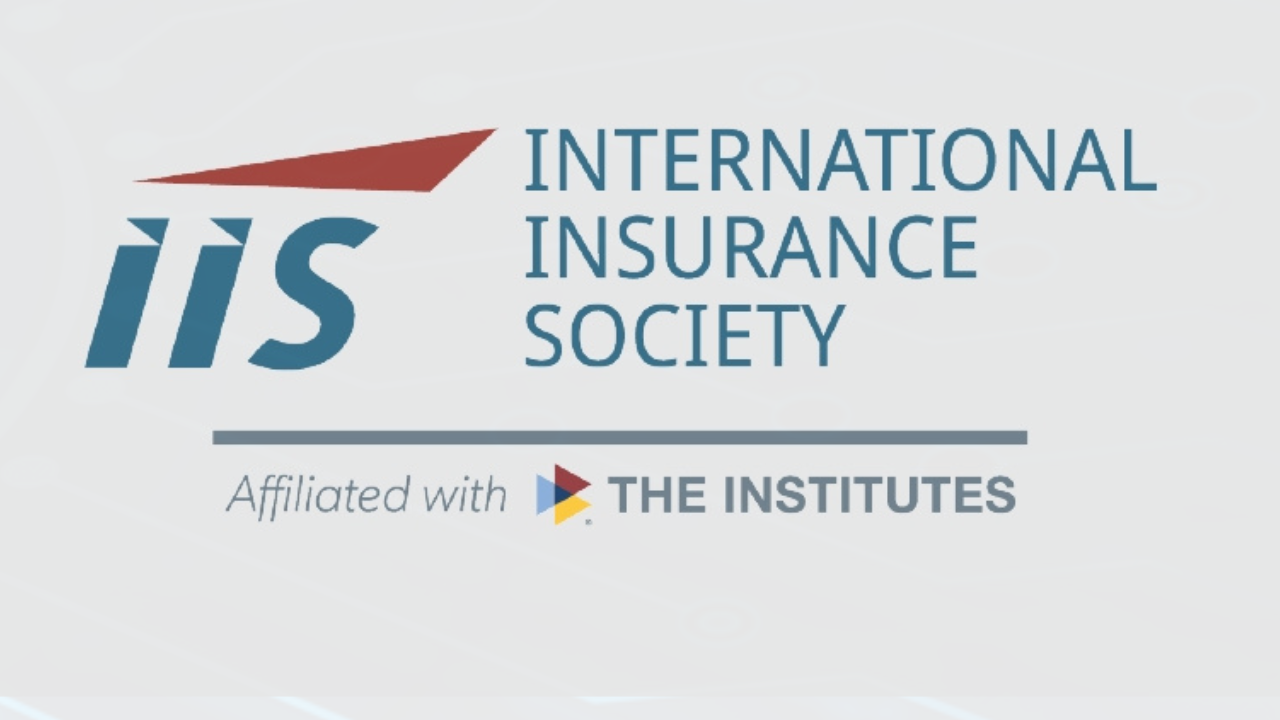
Cyber risk contextualization is rapidly emerging as the gold standard in cyber risk management, outclassing traditional cyber risk quantification by converting technical data into strategic decisions that directly defend the business. Understanding the distinction between contextualization and quantification is essential for organizations seeking to modernize their cyber vulnerability management and achieve true resilience.
Moving Beyond Numbers: Contextualization vs Quantification
While cyber risk quantification translates threat and vulnerability data into financial or probabilistic terms—offering dollar-value estimates of potential breach impact—it often isolates this information from the actual business environment. This approach, while valuable, can result in treating numbers as ends in themselves: patching by cost estimate rather than by strategic importance.
By contrast, cyber risk contextualization enriches these estimates by linking them to the organization’s operational realities:
-
It examines asset criticality, regulatory obligations, exposure scenarios, and business process dependencies, not just how much a breach might cost.
-
Contextualization enables organizations to prioritize vulnerabilities according to their strategic, financial, and reputational impact, optimizing cyber risk management efforts and resource allocation.
SEO-Optimized Key Benefits
For those focused on cyber risk management and cyber vulnerability management, contextualization offers:
-
Business-Aligned Decisions: Security teams act on insight into which vulnerabilities pose existential risks to the business, not just which have the largest theoretical cost.
-
Clear Executive Reporting: Boards receive actionable intelligence that reflects real exposure—connecting cybersecurity directly to ROI and resilience strategies
-
Operational Efficiency: No more drowning in alerts; teams channel resources where measurable impact is assured, making cyber defense smarter and leaner.
Conclusion
Modern cyber threats demand more than just quantifying risk—they require a contextualized approach that bridges IT, the boardroom, and business strategy. Cyber risk contextualization is the future of cybersecurity, elevating risk quantification by embedding real-world context into every decision and fortifying organizations against ever-evolving challenges.
Read our latest whitepaper on Transforming Cyber Security Leadership.



